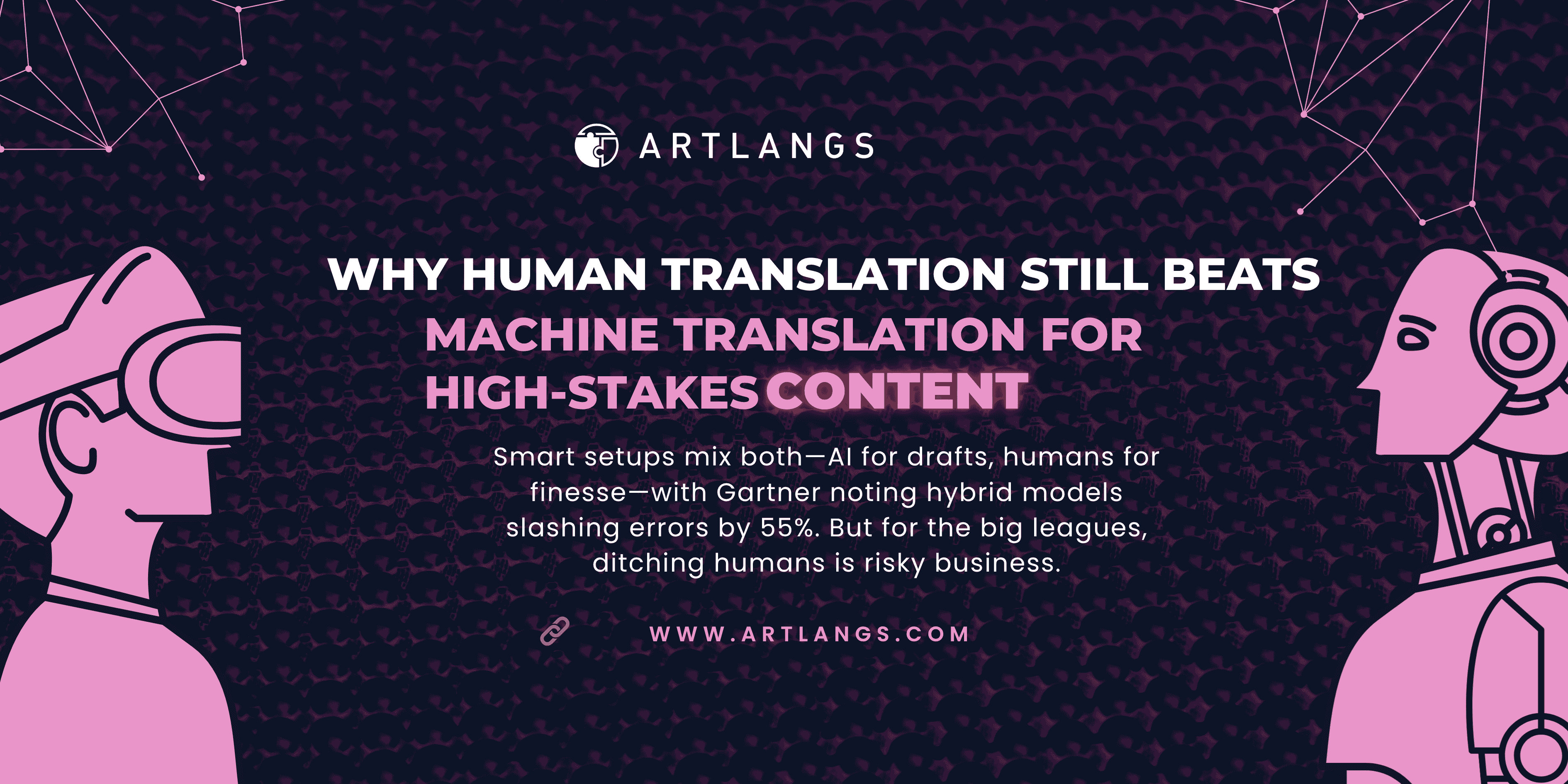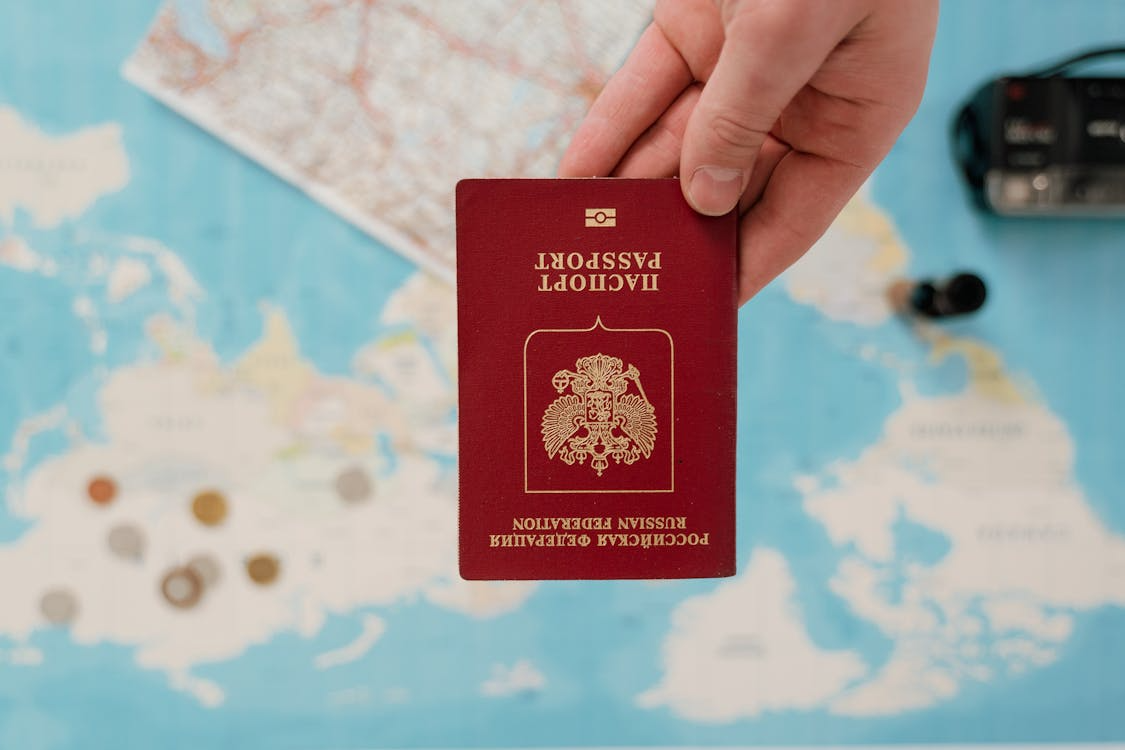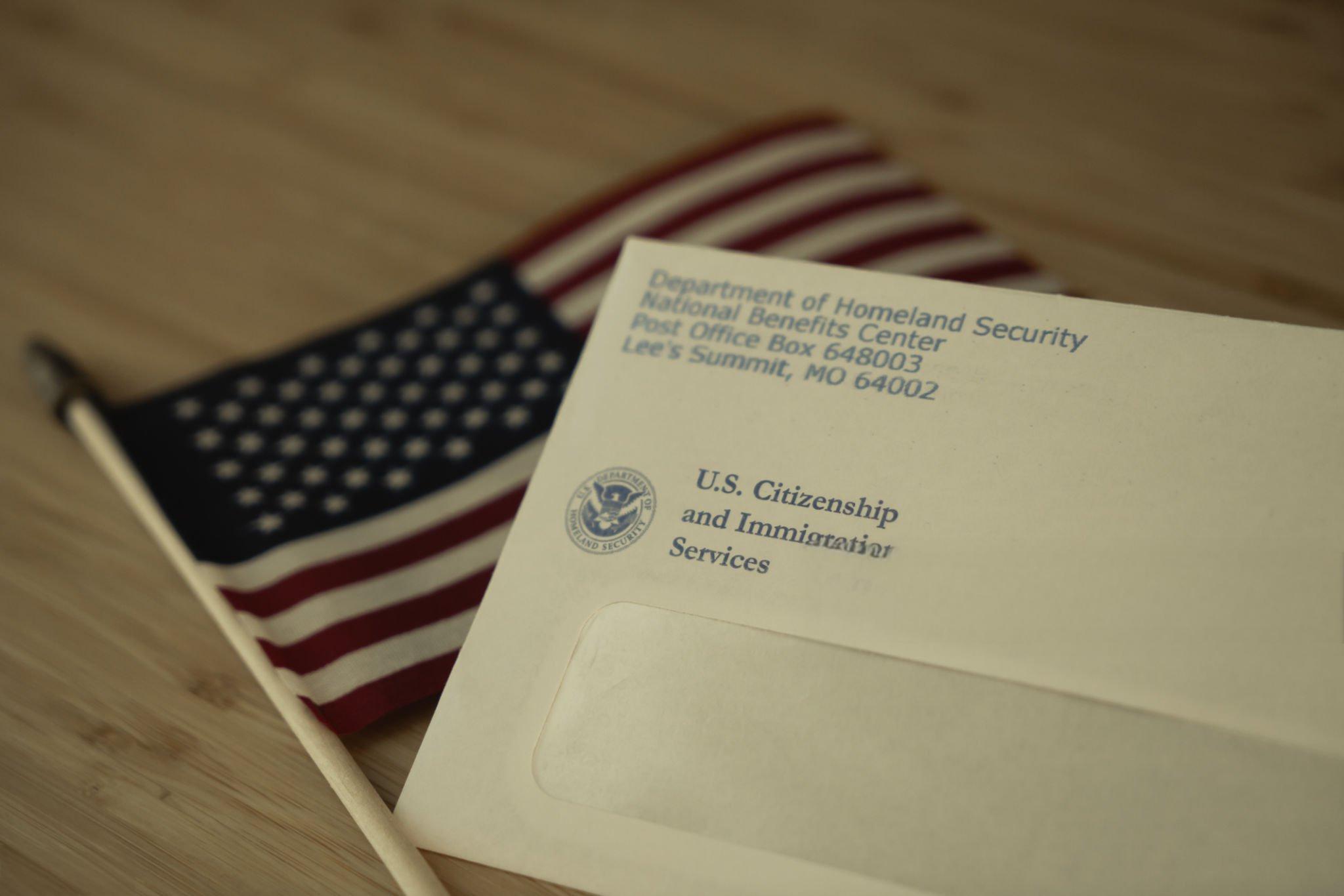Short dramas are taking the world by storm, and it’s no wonder why—China’s content creators are cashing in on a goldmine with low budgets and sky-high returns. The secret sauce? Smart subtitling and dubbing that make these bite-sized stories pop for global audiences. Let’s unpack the cost structure of exporting short dramas, zoom in on how translation and dubbing deliver serious bang for the buck, and explore how tools like AI, outsourcing, and TikTok’s clever ad strategies turn modest investments into viral hits. With overseas user acquisition costs around $5 compared to $14–$28 back home, the numbers tell a compelling story.
Breaking down the costs of short drama exports is like peeking behind the curtain of a blockbuster show. You’ve got production, translation and dubbing, marketing, and platform fees. Translation and dubbing are where the magic happens—they’re the bridge to winning over international fans. Data shows that snagging a viewer overseas costs about $5, a steal compared to the $14–$28 it takes in China’s crowded market. That’s a huge opportunity to reach millions without breaking the bank. But here’s the catch: production costs are climbing. A year ago, a short drama might’ve cost $70,000 to make; now, budgets are creeping up to $180,000–$250,000. That makes pinching pennies on translation and dubbing a top priority, especially for smaller studios dreaming big.
So, how do you keep costs low without skimping on quality? Enter AI tools and outsourcing. Free platforms like DeepL or Google Translate have gotten scarily good, churning out subtitles for a 10-minute episode in multiple languages for under $50. Compare that to $500–$1,000 for a pro translator, and it’s a no-brainer. AI-driven text-to-speech for dubbing is another budget-saver—think $100 per episode, even for less common languages. Then there’s outsourcing. Platforms like Fiverr or Upwork connect you with freelancers in places like Southeast Asia or Eastern Europe who deliver top-notch subtitling or voiceovers for $10–$50 an hour. These options let studios stretch their dollars while still putting out content that feels polished and professional.
The payoff for these lean investments is jaw-dropping. Platforms like ReelShort and DramaBox are raking in over $1 million a day for their top short dramas, thanks to smart localization. Picture this: a Chinese short drama tailored for the U.S. market used AI subtitles and outsourced dubbing for a 20-episode series, costing just $2,000. Within weeks, it was pulling in $500,000 from in-app purchases and ads, with millions of views. That kind of ROI shows why translation is the golden ticket—it lets studios test multiple markets without betting the farm. One series can hit English, Spanish, and Thai audiences at the same time, multiplying revenue streams for pennies on the dollar.
To really make those translations shine, you need savvy marketing, and TikTok’s matrix account strategy is a game-changer. The idea is simple: create a bunch of TikTok accounts, each targeting a specific audience or genre. A romance drama might have one account for English viewers, another for Spanish, and a third for Southeast Asia, each posting clips with subtitles tweaked for the region. TikTok’s algorithm loves this, and localized clips can see 10–20% higher engagement than generic ones. Take a Thai-language short drama that went viral in Southeast Asia. With just $3,000 spent on translation and $5,000 on TikTok ads, it hit 50 million views and $1.2 million in daily revenue within a month. That’s the power of pairing cheap localization with targeted ads.
Of course, it’s not just about throwing subtitles on a video and calling it a day. Cultural fit matters. AI tools are great, but they can miss the mark on idioms or local humor, so a quick human touch-up is often worth it. Outsourcing to native speakers ensures the dialogue feels authentic, which keeps viewers hooked. For example, a short drama tailored for the Middle East tweaked its dialogues to respect cultural norms, boosting viewer completion rates by 30% compared to the original. Little details like that can make or break a show’s success.
At the end of the day, exporting short dramas is about working smarter, not harder. AI tools and outsourcing keep localization costs low, while strategies like TikTok matrix accounts turn those efforts into global sensations. With overseas markets offering dirt-cheap user acquisition and million-dollar revenue potential, translation and dubbing are the keys to unlocking blockbuster profits. The numbers don’t lie, and neither do the success stories—short dramas are rewriting the rules of global content, one subtitle at a time.











